Technical features of the AMS "Luna-25"
The launch of the automatic interplanetary station "Luna-25" is scheduled for July next year. For the first time in 46 years, a domestic vehicle will land on the moon and carry out the necessary research. Right now, Roskosmos and related organizations are carrying out the next stage of preparation for a future launch, and the situation is conducive to optimism. The Luna-25 project is of great importance for Russian science, and in addition, it is of great interest from a technical point of view.
On development stage
Work on the future lunar AMS, then called "Luna-Globe", began in 2005. For several years, the first version of the project was developed, but in 2011 it was decided to radically rebuild the entire mission. As a result of this decision, in early 2013, they launched the development of a new AMC with a different architecture, different goals and objectives. At the same time, a new name "Luna-25" appeared - by analogy with previous expeditions.
Over the next few years, NPO them. Lavochkina and other organizations determined the technical appearance of the station, and also completed the development of the project. In parallel, scientific instruments were created. Since 2016, various tests of individual components and models for various purposes have been carried out. The main part of the design and other work on the station itself and its instrumentation was completed in 2019-20.
To date, NPO them. The shopkeeper completed the construction of "Luna-25" and is now installing the necessary equipment and conducting various tests. Also, certain shortcomings are identified and eliminated. For example, right now the debugging of the speed and drift measuring device DISD-LR is being carried out, and it will be completed within a few days.
All this work will take several more months. Next spring, the station will be sent to the Vostochny cosmodrome. A few days ago, the Fregat upper stage, which will be used at launch, was delivered to the cosmodrome. In addition, the construction of the Soyuz-2.1b launch vehicle continues.
It should be noted that at the design and construction stage, the Luna-25 project has repeatedly encountered various difficulties. Because of them, the composition of the devices changed, as well as the launch dates were revised. At the moment, the start of the mission is scheduled for the launch window in May-July 2022 - and these plans, most likely, will be fulfilled.
Launch issues
Initially, it was planned to use the Soyuz-2 carrier rocket to launch the first version of the AMS, then called "Luna-Glob". This version of the mission was worked out for several years and made it possible to solve all the assigned tasks. However, a fundamental revision of the project in 2011-12. led to the replacement of the media. Soyuz-2 did not fully comply with the updated requirements, and instead they decided to use the Zenit-2 product.
Further development of the project led to new changes. In the mid-tenths, the final version of the mission was approved, providing for the use of the Soyuz-2.1b launch vehicle and the Fregat upper stage. Products of these types are mastered in production and in operation, and also show all the necessary characteristics and are able to cope with the assigned tasks.
According to the flight plan, the Soyuz-2.1b rocket will raise its load to a given altitude, after which the Fregat will bring the Luna-25 into the flight path to the Earth's satellite. The AMC will perform further phases of flight and maneuvers independently and using its own propulsion system. Depending on the launch date and the trajectory used, the flight will take no more than 5-6 days. Then, after several days in orbit, the device will land in one of the polar regions of the Moon.
Station appearance
Luna-25 is an automated probe capable of soft landing on the lunar surface. Structurally, the product is divided into a landing gear and an instrument compartment. The total mass of the AMS is 1540 kg. Scientific equipment weight - 30 kg. The term of active existence is 1 year.
The landing gear is a platform with shock-absorbing supports, propulsion system, tanks, etc. This module will provide flight along a given trajectory, circling the moon and a soft landing. On top of it is a leaky instrument compartment with solar panels and an isotope energy source, the station's own electronics and scientific instruments.
AMS "Luna-25" has its own navigation and control devices, with the help of which it will fly and land, and then use scientific instruments. Among other things, such a complex includes the Bius-L inertial navigation device and the DISD-LR Doppler speed and range meter. The integration of scientific equipment with power supply and control systems is provided by the BUNI complex.
The station is equipped with a developed digital communication and data transmission system, which will ensure the solution of the main tasks of the expedition. It will provide stable communication at ranges of up to 410 thousand km, which exceeds the apogee of the moon. Communication means will allow receiving data at a speed of at least 128 kbps and transmitting at a speed of 64 kbps.
Scientific mission
The final set of scientific equipment includes instruments developed by the Space Research Institute of the Russian Academy of Sciences and the European Space Agency. In the early stages of Luna 25, other organizations were also interested. So, the Swedish Institute of Space Physics planned to send its XSAN detector of ions and neutral atoms to the Russian AMS by 2018.
Eight instruments and a BUNI control system are installed on board the Luna-25. The ADRON-LR neutron and gamma-ray detector will be used to study the composition of the regolith to a depth of 600 mm. Soil samples will be studied by a laser spectrometer LAZMA-LR. The study of dust particles and their dynamics will be carried out by the PML device. To ensure the operation of some of the instruments, a manipulator LMK has been developed, which is capable of taking soil samples. The infrared spectrometer LIS-TV-RPM is installed directly on it.
The lunar exosphere will be investigated by the ARIES-L device instead of the Swedish XSAN. To monitor the surrounding area, the station received a STS-L television system with four panoramic cameras, two cameras for photographing the surface and two stereoscopic cameras for controlling the LMK manipulator. Before landing, in low lunar orbit, Luna-25 will use the Pilot-D optical complex developed by the IKI RAS and ESA. With its help, promising landing technologies will be worked out.
During the year of its operation, "Luna-25" will have time to conduct a comprehensive study of the exosphere and soil of the natural satellite of the Earth. In this case, the main attention is paid to the study of the regolith. This will complement the existing knowledge about the moon and the formation of the solar system. In addition, if the existing hypotheses are confirmed, a scientific foundation will be created for future expeditions, incl. with human participation. It is expected that from the lunar soil it will be possible to extract water, oxygen and even hydrogen fuel.
Countdown
Due to various factors and circumstances, the development and implementation of the Luna-Glob / Luna-25 project was seriously delayed. The start of work on the first version of the mission and the expected launch are more than 15 years apart. Nevertheless, by now the developers have managed to cope with all the difficulties, and the project is moving on to the last stages of preparation.
According to recently announced plans, next spring Luna-25 will go to the Vostochny cosmodrome for final checks, docking with the upper stage and installation on a launch vehicle. At the same time, the main and reserve launch dates will be determined. According to various estimates, the start will be appointed closer to the end of the launch window. Accordingly, the first scientific data will go to Earth before the end of the summer.
Thus, a complex and lengthy project is moving forward. Despite all the difficulties, the organizations from Roscosmos and the Russian Academy of Sciences coped with the assigned tasks, and in a few months a new expedition will begin. It should be recalled that this will be the first domestic lunar landing mission in the past few decades - and for this reason alone it is of particular importance.
- Ryabov Kirill
- Roscosmos, Wikimedia Commons
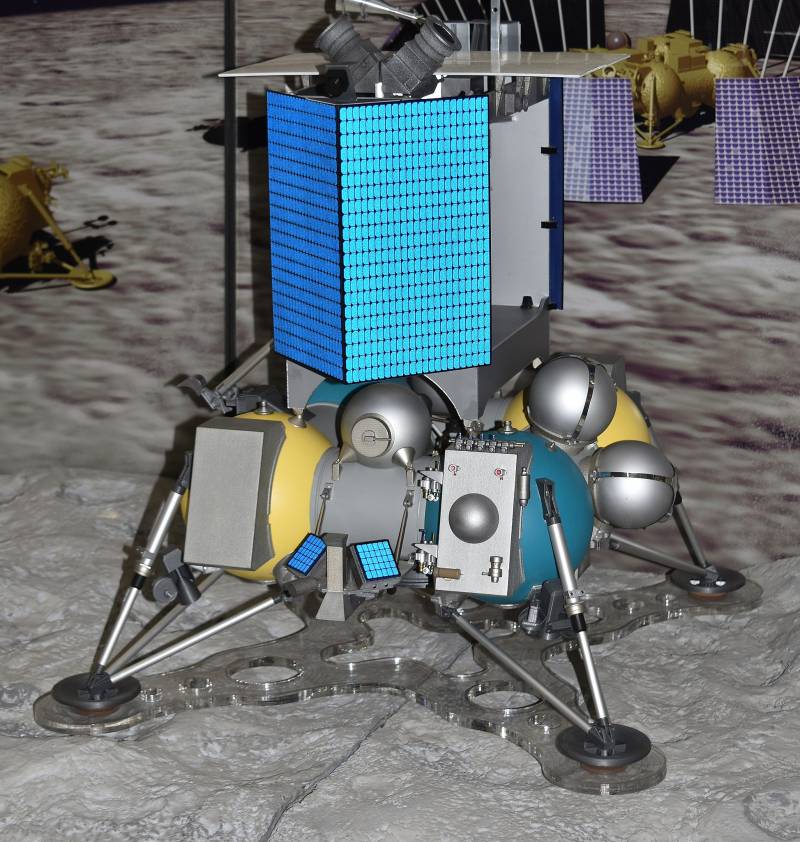
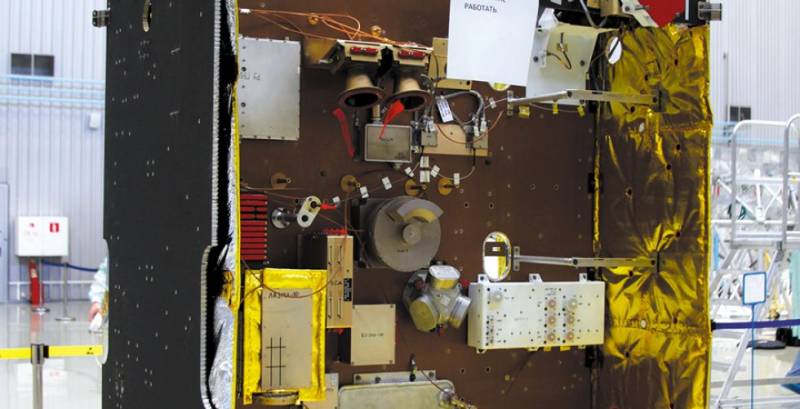
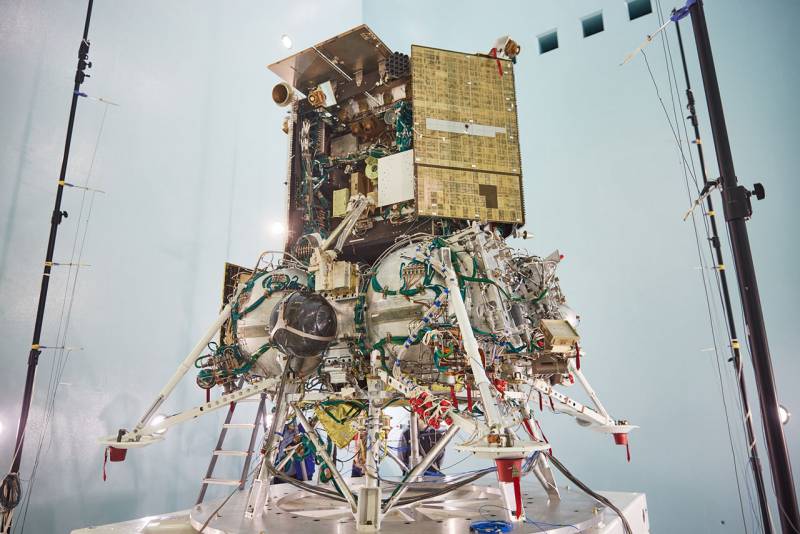
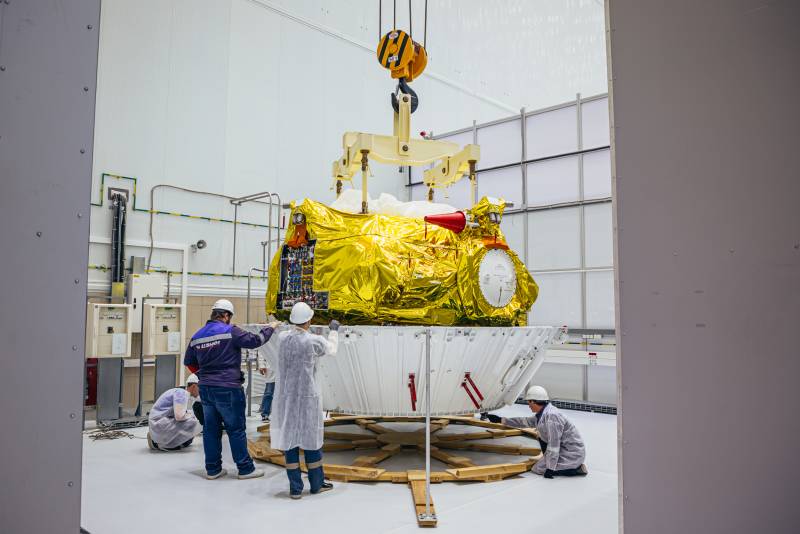
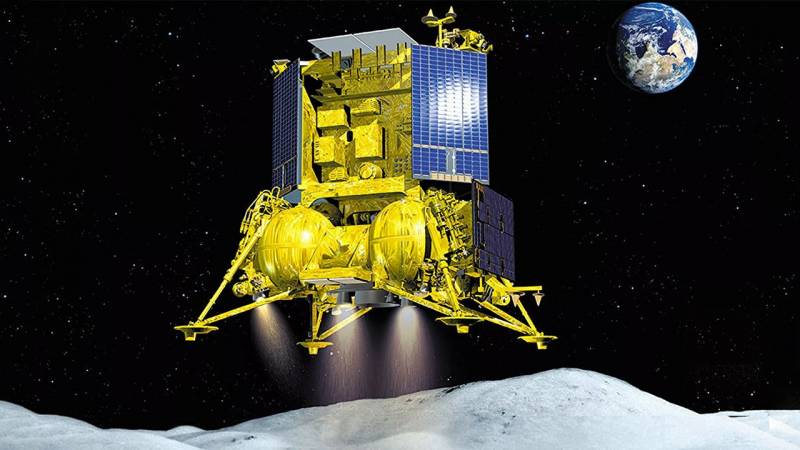
Information